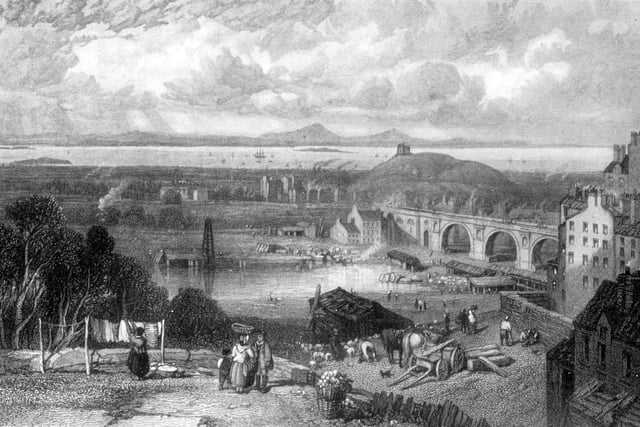Indeed, Edinburgh was once dominated by rugged hills, volcanic crags and deep bodies of water. Tens of millions of years of intense volcanic activity followed by several thousand years of glacial erosion in the Lothians carved out a dramatic and picturesque landscape.
Some of Edinburgh most famous lost lochs include Canonmills Loch, the Burgh Loch, and the aforemntioned Nor’ Loch, where more than 300 men and women were sentenced to be tried for wizardry and witchcraft either in the loch itself or around its banks.
Others – such as Duddingston Loch and Lochend Loch – survive to this day, but they are now much smaller than they were.
Take a look through our photo gallery to find out more.


2. Burgh Loch
The Burgh Loch once occupied almost the entirety of what is now the Meadows parkland. Over the centuries the loch shrank considerably, to the point where the town council agreed to begin draining it in 1657. Hope Park, or the Meadows, which we all know today was created in stages over the next 200 years Photo: Ian Georgeson

3. Cowgate Loch
There is evidence that a loch, the Cowgate loch, once filled the ravine between the Grassmarket and Holyrood. Its existence was recorded in the 17th century ‘Provinciae Edinburgenae Descriptio’, which states that there was a loch through the Cowgate until it was drained in the early 1400s. Photo: Photographer: Scott Louden

4. Canonmills Loch
Canonmills Loch once filled the large hollow between the bottom of modern-day Dundas Street and Rodney Street. It is thought the loch was once as large as Duddingston Loch is today. Between 1847 and 1864 Canonmills Loch was drained and the hollow transformed to become what is now King George V Park. Photo: Ian Georgeson
